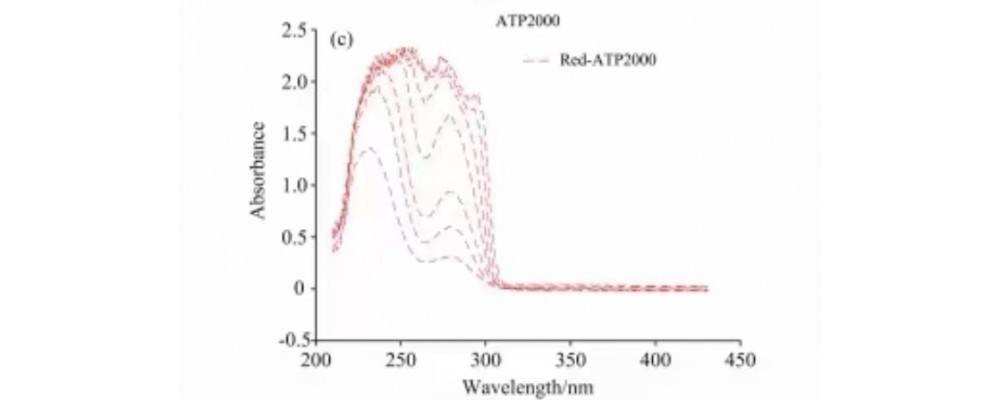What is the research progress and development trend of water quality monitoring technology?
In the current world water environment, the problem of water pollution can not be ignored, which is an urgent problem to be solved. Therefore, how to quickly and effectively control water pollution, realize the protection and rational utilization of water resources, is the hot issue in the process of water resources utilization.
Reasonable and effective water quality monitoring can accurately and timely reflect the quality of the water body, which is helpful to formulate targeted and feasible pollution prevention and control plan and prevention measures. In the current water quality monitoring, the most widely used monitoring technologies include atomic spectroscopy, molecular spectroscopy, chemical analysis, chromatographic separation and biosensor technology. Among them, the monitoring instruments used in atomic spectrum technology, chromatographic separation technology and chemical analysis technology have a larger volume, longer analysis cycle, and higher cost compared with other technologies. Although the instrument of biosensor technology has the characteristics of portability and small size, the maintenance cost of this monitoring instrument is relatively high, and the working life is short. In this paper, the characteristics of the above-mentioned instruments are summarized Molecular spectroscopy technology has gradually developed into the most widely used technology in water quality monitoring, and the water quality monitoring technology based on UV spectrum analysis mainly monitors the absorption of ultraviolet light by organic substances and a small number of inorganic substances in water. This technology is based on the absorption of ultraviolet light by substances in water and the acquisition of concentration parameters of water quality Data analysis and water condition analysis, this analysis technology has many advantages, such as no reagent, real-time online, small volume, low cost, multi-parameter detection and so on. It has obvious advantages in water quality monitoring technology. In the near future, this technology will also become an important technical method of water quality monitoring.
In the management and protection of water resources in China, water quality testing is not only an important way to achieve management and protection, but also an important means for environmental protection.
At present, China is facing serious shortage of water resources, serious water pollution, and frequent occurrence of floods and other disasters. Therefore, China is facing more problems and challenges in water quality monitoring.
At the same time, because of the above phenomenon, the way of water quality monitoring works is also constantly changing.
Under the background of this new development, based on the technological principle of the ultraviolet spectrum analysis of water quality monitoring work is as follows: water quality monitoring in China, the most widely used method is the ultraviolet spectrum method, this method is based on the material of different wavelengths of ultraviolet absorption rate of the differences between the accurate determination of material composition and the content of various substances in the water environment pollution, ultraviolet spectrum analysis method can clearly detect the organic pollutants, especially the unsaturated organic matter.
Therefore, in the use of ultraviolet absorption spectrum to detect water quality pollution, can be calculated according to the measured results of spectral data of water quality monitoring, in the current water quality monitoring work, ultraviolet spectrum analysis techniques including single-photon test and continuous spectrum test two kinds, the two methods are based on "lambert - the beer's law" as the foundation, single spectrum analysis method is based on a particular wavelength absorbance and the concentration of the absorbing material is calculated; the continuous spectral detection method is a parametric method which needs to add its additional properties for comprehensive analysis.
Do you want to know more about the methods of water quality monitoring? Contact us without hesitation! We are looking forward to hearing from you.


















Comments: 0
No comments